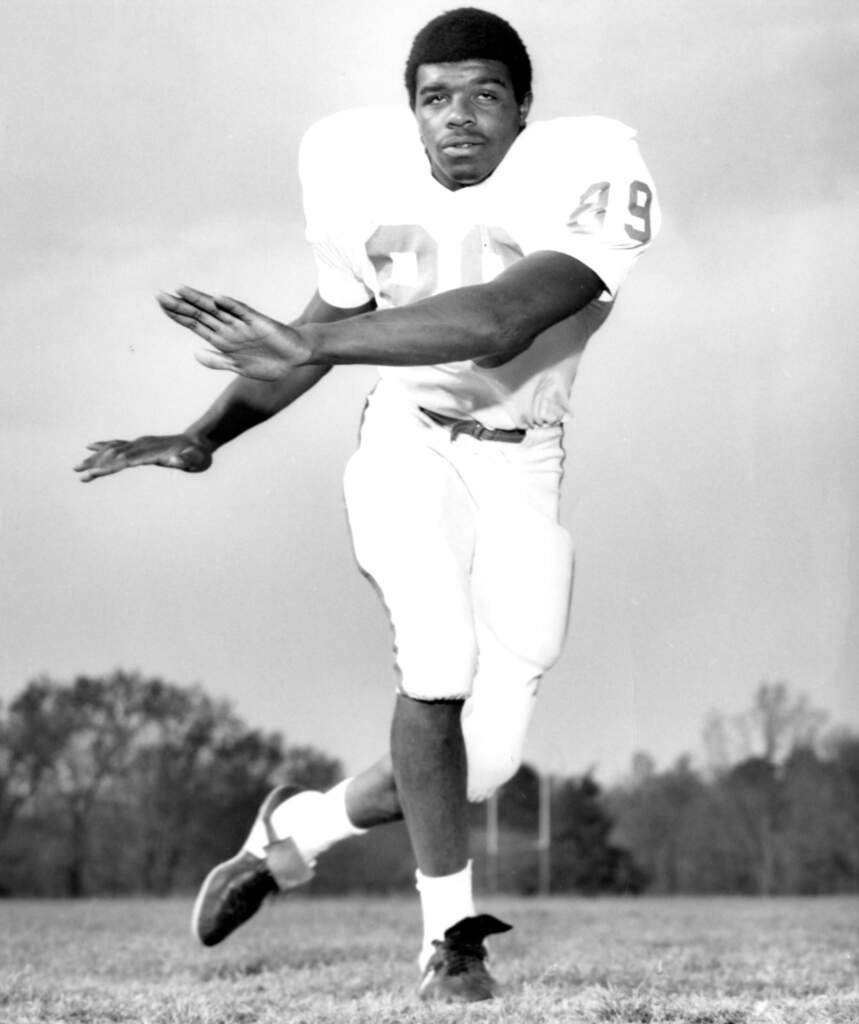Sept. 5, 2000
By Tim Bourret Sports Information DirectorThe Citadel Game Program – September 2, 2000
This past July, 88-year-old Gene Willimon came to my office with an idea. A young Willimon relative had taken part in Jack Leggett’s Clemson baseball camp and he thought the local media should do a story on it. He thought the camp was run efficiently, was a great learning tool for youngsters, and presented Clemson athletics in a positive light.
Yes, at age 88, just a month before his death, Gene Willimon’s mind was still preoccupied with trying to make Clemson a better place, and letting people know about it.
Willimon served Clemson with distinction for 27 years (1950-77) as Executive Secretary of IPTAY. George Bennett, a Clemson Hall of Fame administrator in his own right, will be the first to tell you that Willimon had a significant impact on the success of Clemson’s scholarship fund-raising organization, an impact that has not gone unnoticed by long time members of the organization.
Willimon was honored by his selection to the Clemson Athletic Hall of Fame in 1986, was named an outstanding alumnus of the University and received the Thomas Green Clemson Associate Award. In 1992, he was honored by the South Carolina Hall of Fame with its Distinguished Service to Sports Award.
“I can’t imagine anyone more dedicated to a school,” said Bennett. “He did so much for Clemson and IPTAY it is hard to put it into words. The way our organization is run to this day was the result of Gene Willimon’s theories of fund-raising. Many other organizations across the country use the same system he devised.”
Bob Bradley, Clemson Sports Information Director emeritas, worked with Willimon between 1955-70. “There is no telling how many thousands of athletes got their education from Clemson because of Gene’s fund-raising efforts and ideas.”
Willimon became executive secretary of IPTAY in 1950. When he arrived, the organization had just over 4,000 members who were contributing $75,000 per year. When he retired in 1977, after 27 years of service, IPTAY counted nearly 9,000 members and had gone over the million dollar mark for the first time.
Willimon’s love for Clemson dated to the early 1930s when he was a student and starter on the Tiger football team. He was a starter in 1932 and 1933, leading the team in scoring from his blocking back position in 1933.
“Gene and I were classmates,” said Dr. R.C. Edwards, Clemson University President from 1959-79. “Gene’s contributions didn’t get that much publicity, but he didn’t mind. The people who really knew Gene appreciated what he did. They knew he loved Clemson.”
Ironically, Willimon was a member of the 1931 Clemson team that lost to The Citadel, 6-0. After that game, first-year Head Coach Jess Neely met in the parking lot outside the stadium with Clemson supporters and administrators to develop ideas to improve the program. The result of this conversation was the formation of IPTAY.
From a tradition standpoint, Willimon made the greatest contribution in Clemson athletics history. Few people realize that the tradition of Howard’s Rock came from Willimon, not Frank Howard. “In the mid 1960s, an alum named S.C. Jones brought Coach Howard a white flink rock from Death Valley, CA,” recalled Bradley. “Mr. Jones thought it would be a good idea to have a rock from Death Valley, CA in Clemson’s Death Valley.”
But, Coach Howard let that rock sit in the back of his office for nearly a year. In the spring of 1965, Howard was cleaning out his office and Willimon happened to be there during the process. Howard told Willimon to take the rock and throw it over the fence, get it out of his office.
Ever mindful of the intentions of his IPTAY members, Willimon took the rock and had it mounted on a pedestal at the top of the east endzone of Death Valley. He had a plaque that told the story of the rock affixed to the pedestal.
Prior to Clemson’s September 24, 1966 game with Virginia, Howard told his players to rub the rock as they made their decent down the hill into Clemson Memorial Stadium. “He told the team that anyone who was going to five 110 percent that day, to rub the rock,” said Bradley. “He told the players who didn’t plan to give maximum effort to keep their hands off that rock.”
It just so happened that Clemson overcame an 18-point deficit in the final 17 minutes to defeat the Cavaliers, 40-35. Howard told the story of the rock and how it gave his players “Magic Powers” on his television show the next morning. A tradition was born.
This past summer the Rock has been getting a face lift while the East endzone of Death Valley has renovated. It has a new pedestal, and has a new sparkle for the first season of the 21st century.
Ironically, Willimon passed away during the time the rock was out of the stadium this past summer. When it was reset in late August, a brick with Gene Willimon’s name on it was placed next to the pedestal that holds the rock, something all future Clemson players will see when they make their celebrated entrance.
No one is more deserving of such a sacred position next to Howard’s Rock because Gene Willimon’s fertile mind do so much for the foundation of IPTAY and Clemson’s athletic heritage.
 Duke
Duke 
 Florida State
Florida State  Louisville
Louisville  Furman
Furman  South Carolina
South Carolina  LSU
LSU  Troy
Troy  Georgia Tech
Georgia Tech  Syracuse
Syracuse  North Carolina
North Carolina  Boston College
Boston College  SMU
SMU 





